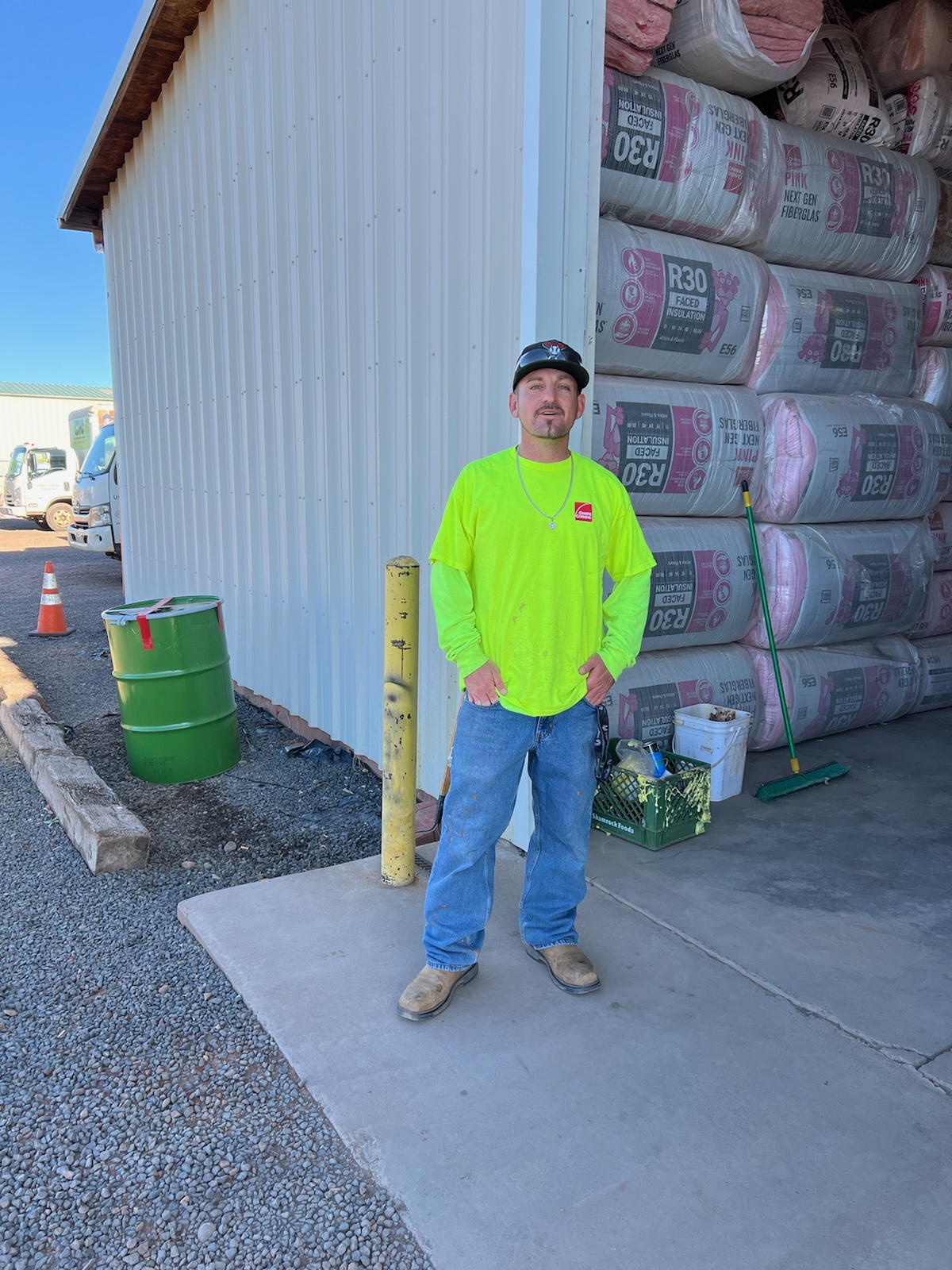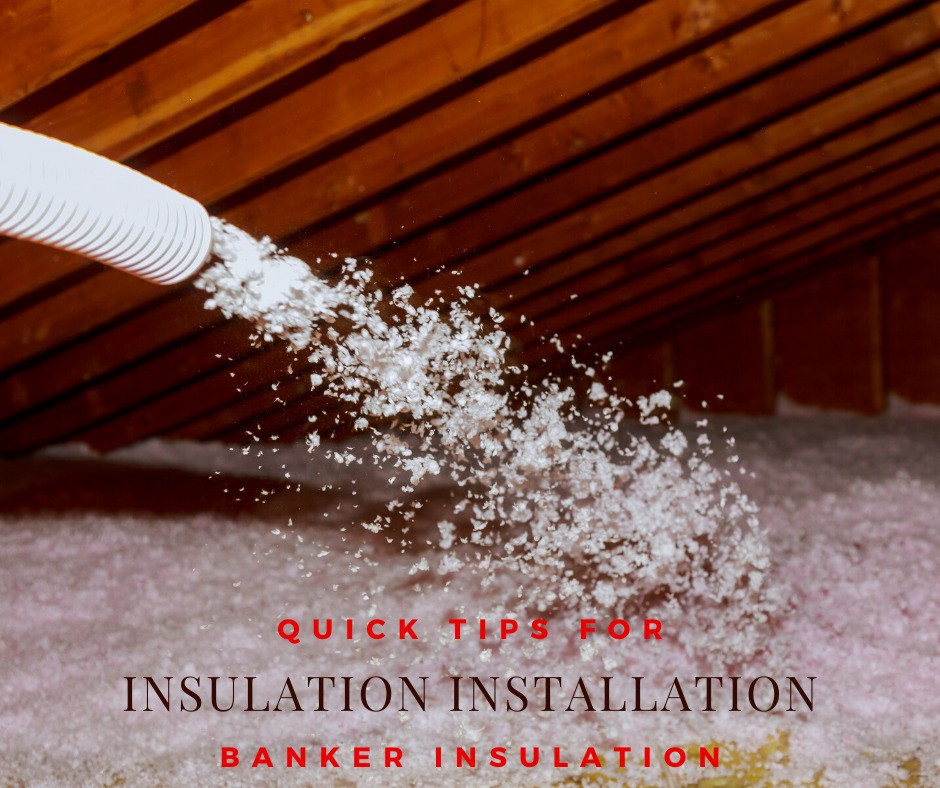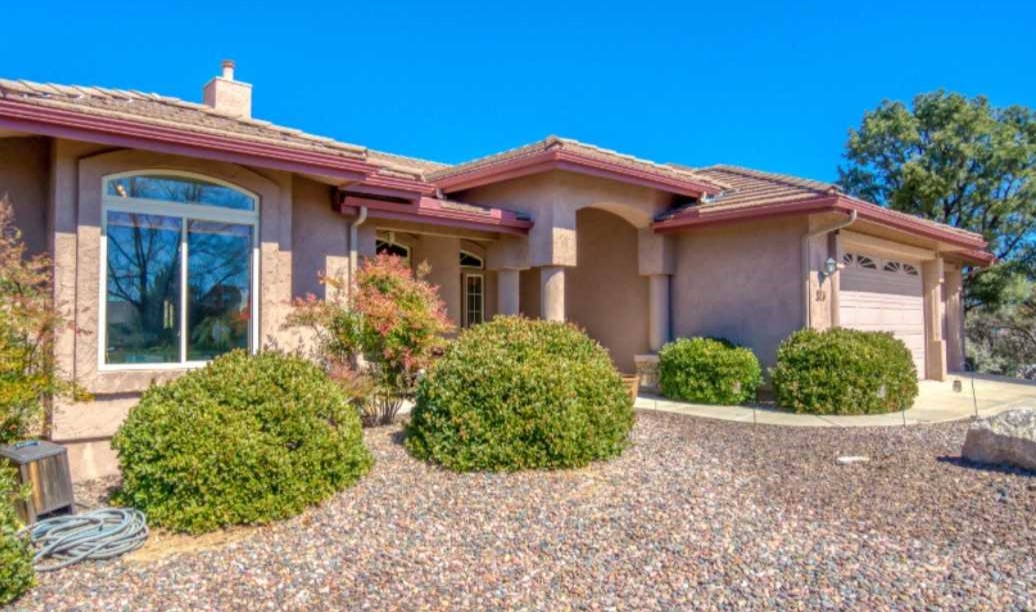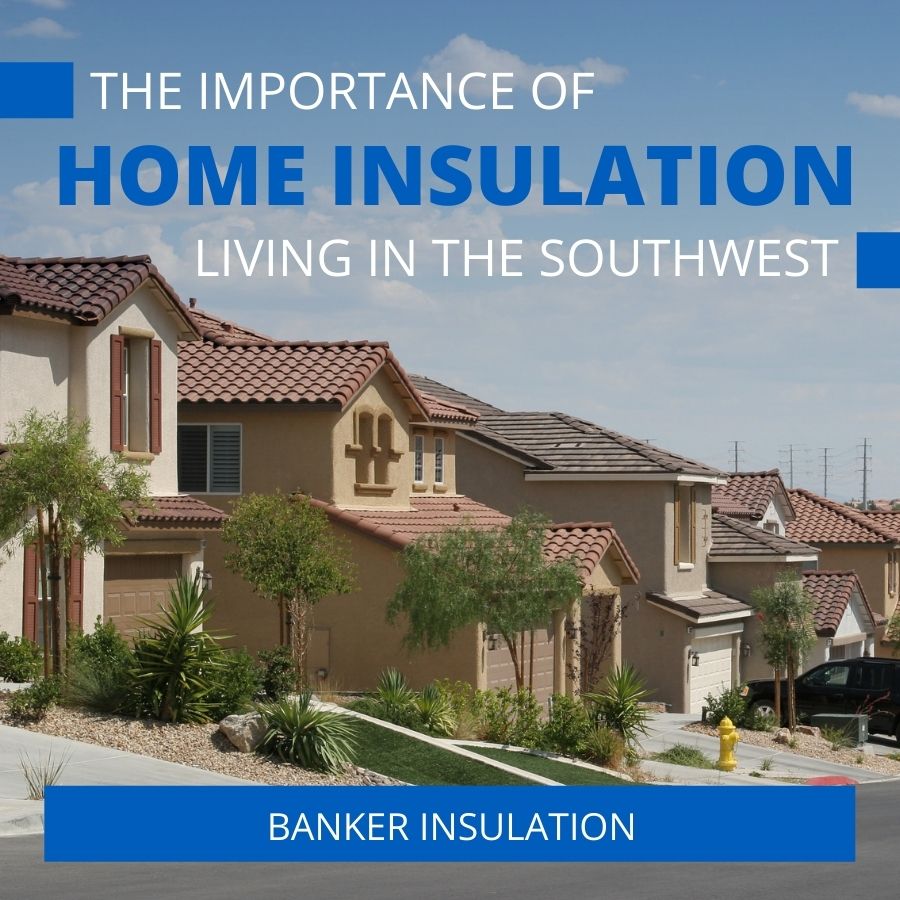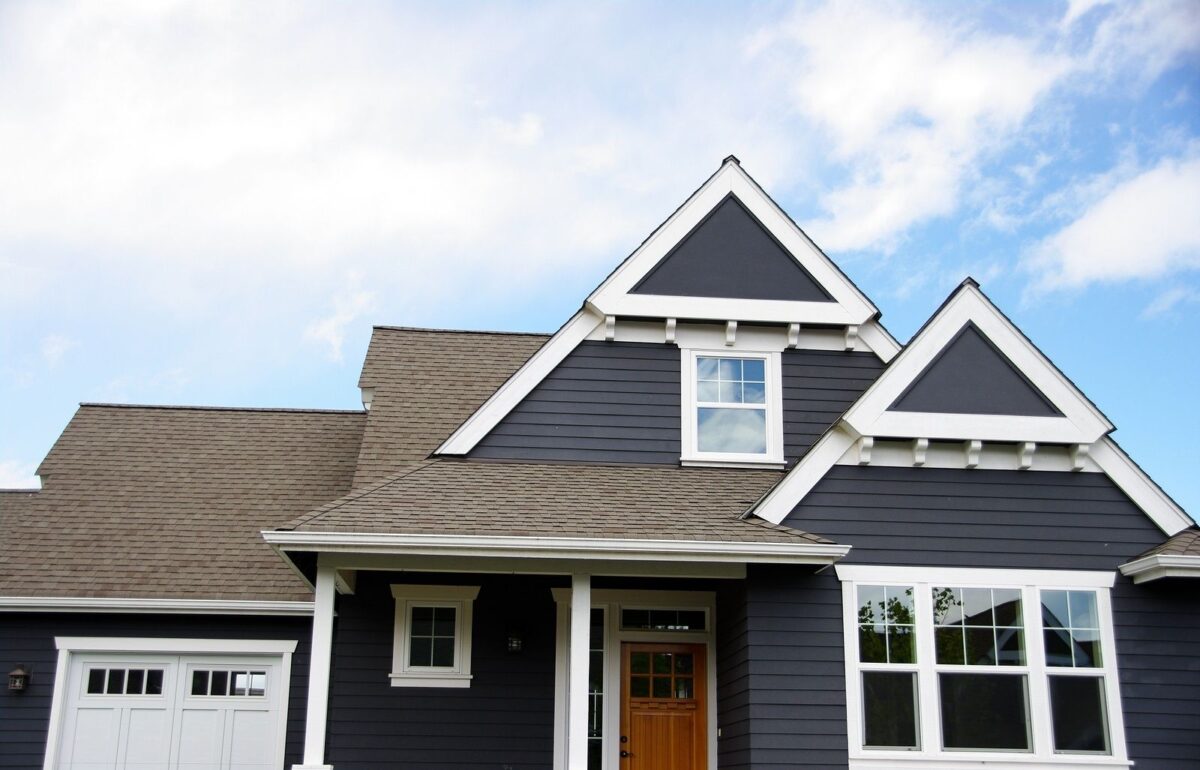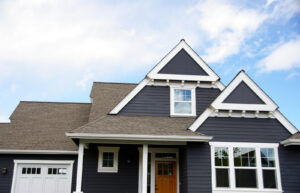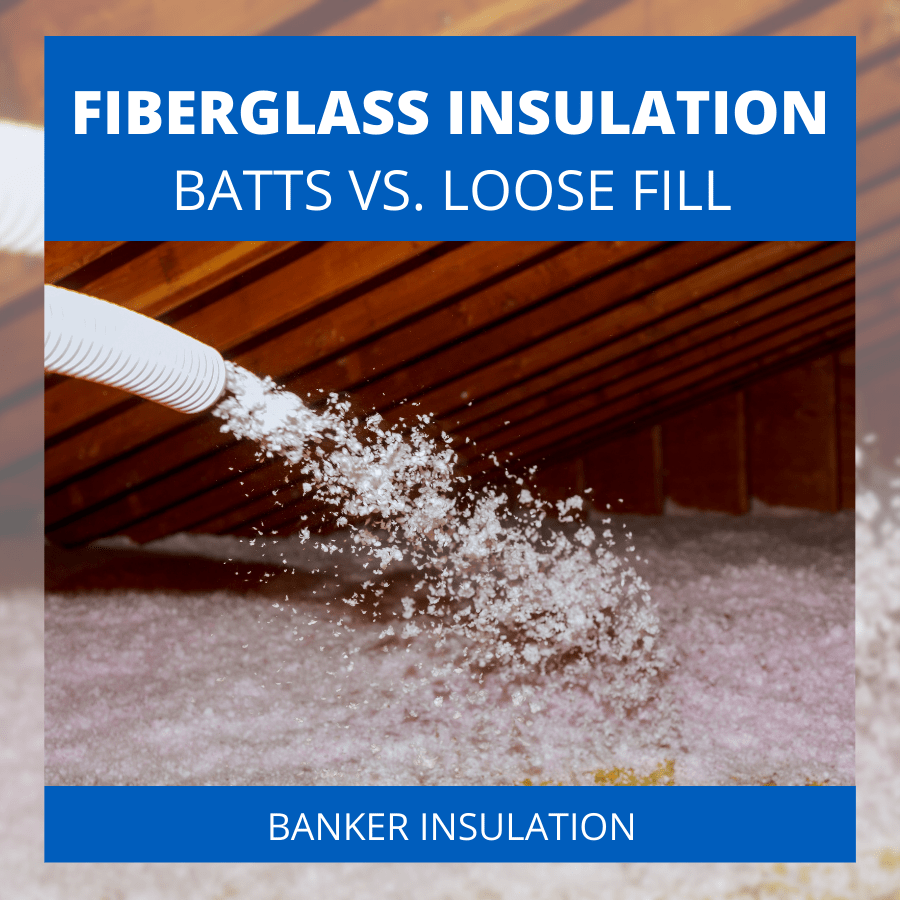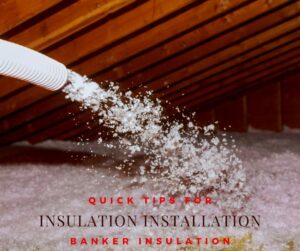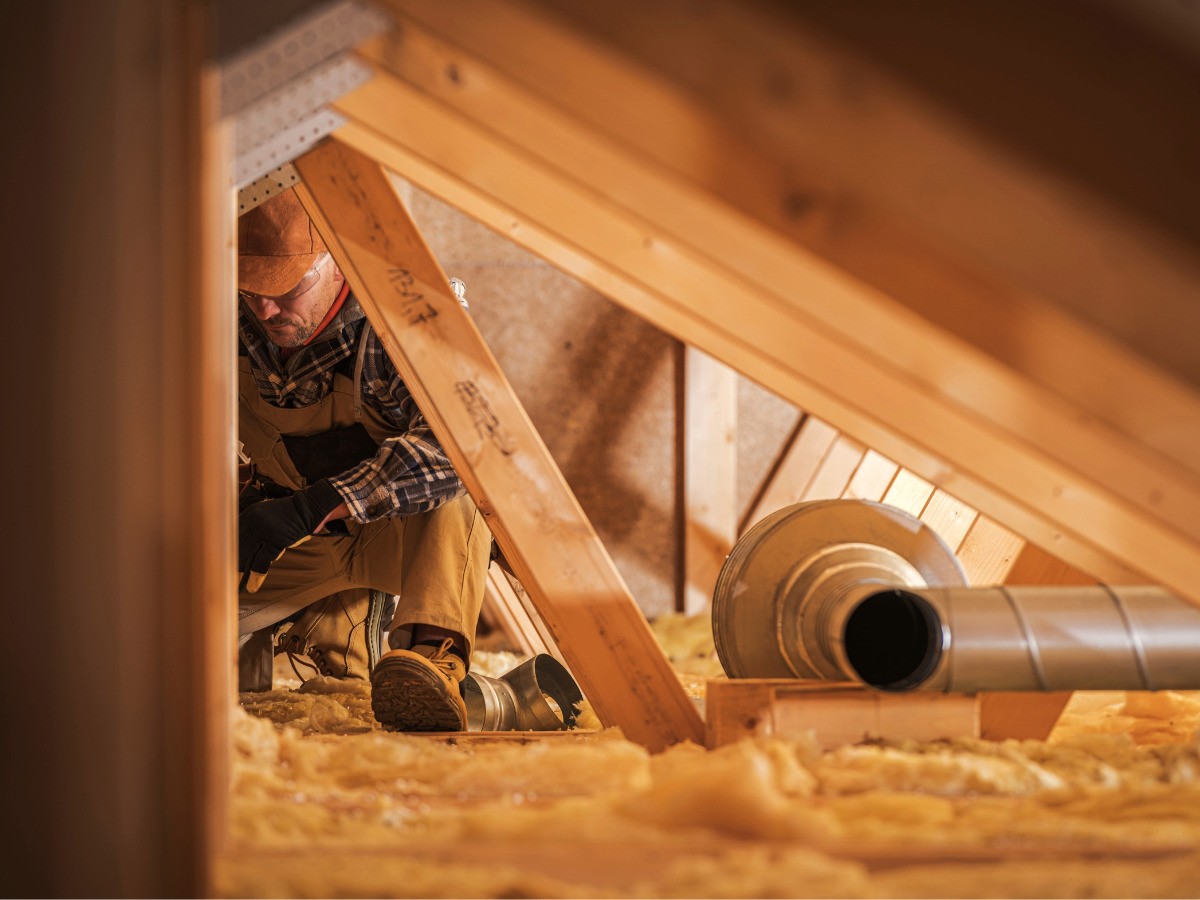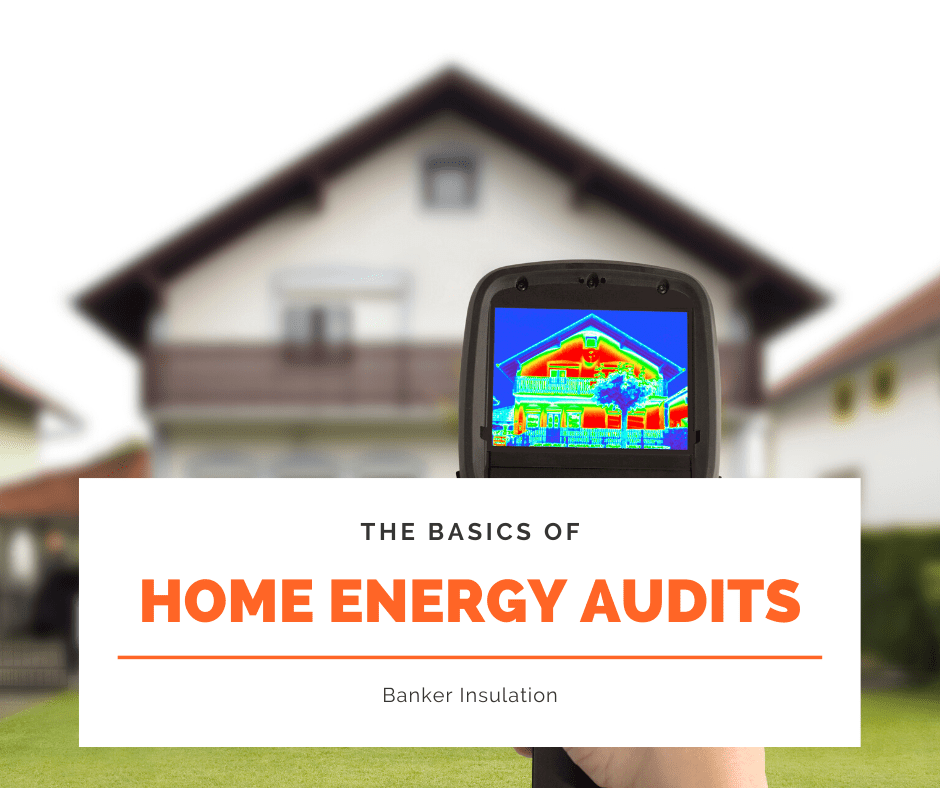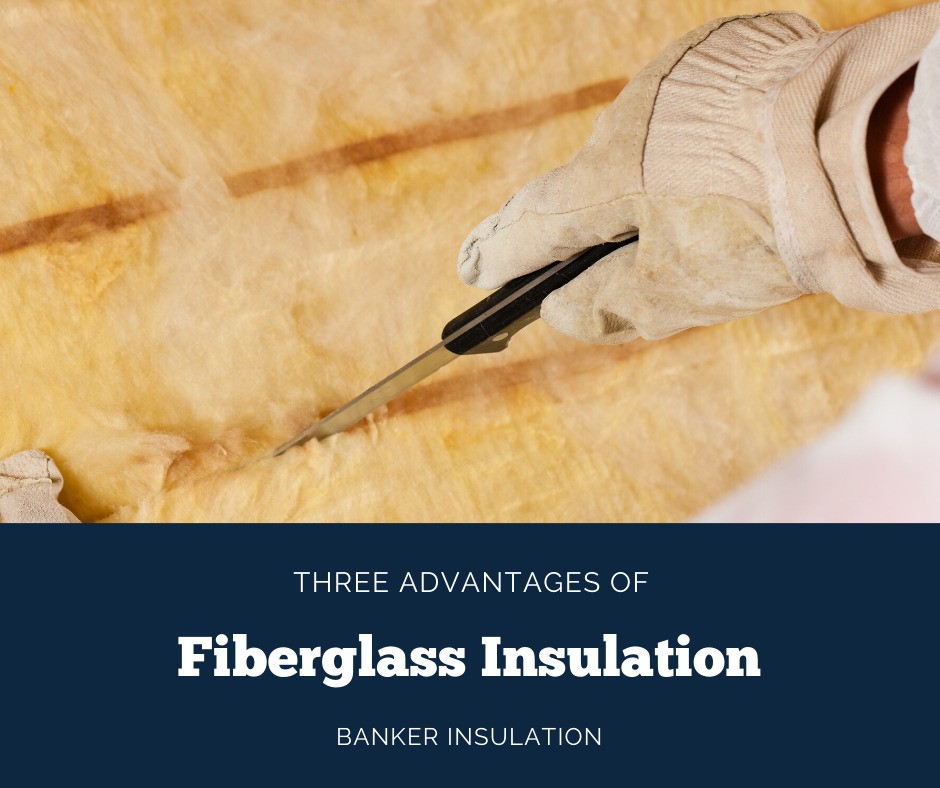We’re excited to announce that one of our own, Andrew Schlechty, a member of our Snowflake, Arizona team, has been awarded the prestigious quarterly ExCEEd on the Job award from Owens Corning™, the industry leader in advanced insulation solutions.
This accolade is part of a quarterly and annual award program that recognizes insulation installers’ excellence in maintaining the high standards of the Owens Corning™ Certified Energy Expert® (CEE) program. Recipients of this honor are individuals who demonstrate exceptional commitment to customer service and quality, adhere to top industry standards, and consistently deliver excellence in every project.
 Andrew easily exemplifies these qualities. He is always the first to arrive on the job site, setting a positive example for his team. His meticulous attention to detail ensures that every project receives glowing reviews from satisfied customers. Homeowners and contractors frequently request Andrew specifically, a testament to his outstanding work ethic and expertise.
Andrew easily exemplifies these qualities. He is always the first to arrive on the job site, setting a positive example for his team. His meticulous attention to detail ensures that every project receives glowing reviews from satisfied customers. Homeowners and contractors frequently request Andrew specifically, a testament to his outstanding work ethic and expertise.
Andrew takes immense pride in the appearance and organization of his job sites, often exceeding expectations. As a team leader, he tackles challenging tasks and supports his colleagues, fostering a culture of excellence. His leadership has been pivotal to the success of Banker Insulation, with his projects consistently earning five-star reviews.
Andrew’s dedication goes beyond technical proficiency; he genuinely cares about customer satisfaction. His exemplary performance reflects the core values of the Owens Corning™ Certified Energy Expert® program and the mission of Banker Insulation and sets a high standard for his fellow teammates.
When one member of our Banker team celebrates, we all celebrate. Congratulations Andrew for a job well done! We appreciate your commitment to excellence and our Snowflake community.

